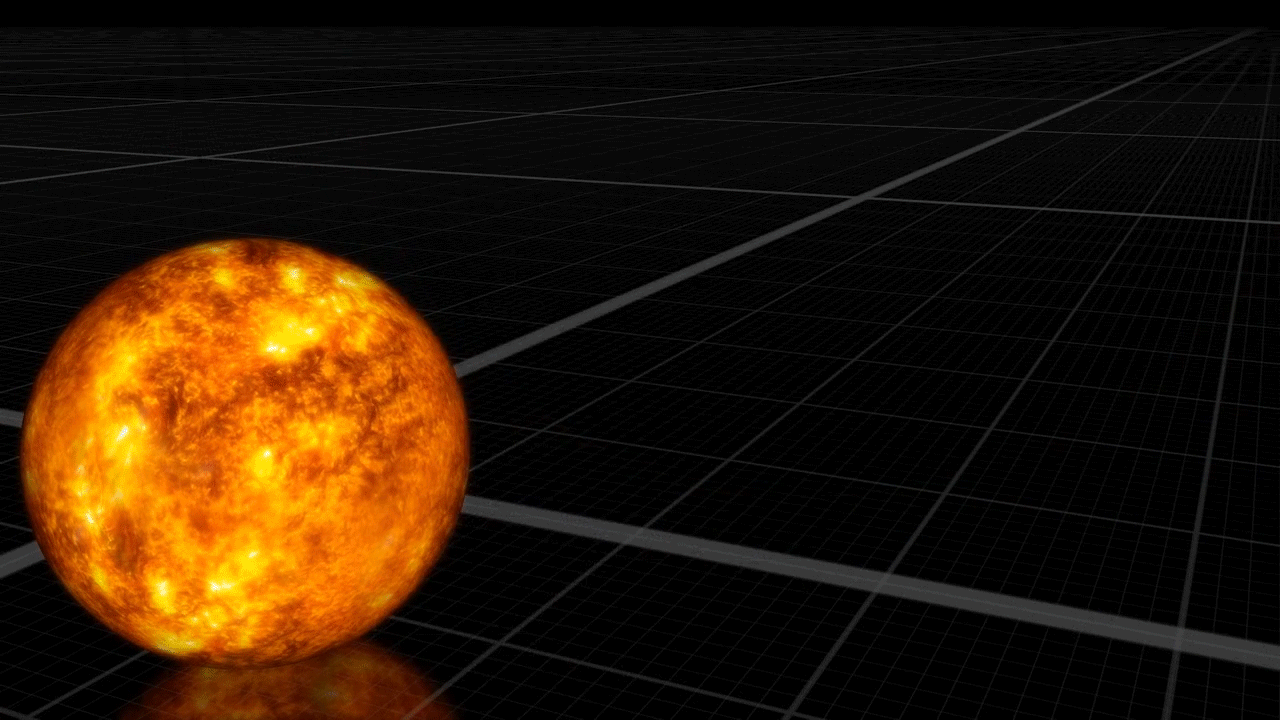A research group led by Kyoko Onishi at the SOKENDAI (The Graduate University for Advanced Studies) observed the barred spiral galaxy NGC 1097 with ALMA and found that the central supermassive black hole (SMBH) has a mass 140 million times the mass of the Sun. Since galaxies are believed to have co-evolved with SMBHs, SMBH mass is an important parameter in understanding their relation in the context of galaxy evolution. This research result is based on the ALMA observation data obtained within a two-hour observation, which demonstrates the outstanding capacity of ALMA in the SMBH mass measurement.
Research Background:
It is thought that a majority of the galaxies in the universe have a massive black hole in the galactic center. Since these black holes have masses of several millions to tens of billions of solar masses, they are called “supermassive black holes (SMBHs).” Recent observation results suggest the correlation between the SMBH mass and the central bulge mass/luminosity of the host galaxy. Such correlation indicates that SMBHs may have a key role in the growth and evolution of galaxies.
http://www.fromquarkstoquasars.com/a...ve-black-hole/
The mass of a super-massive black hole measured in suns





 Reply With Quote
Reply With Quote